Exploring The Sustainability Of New Housing & Nursing Homes
Aging in place is a concept that has gained steam in recent years, particularly as COVID-19 caused people across the… Read More

Aging in place is a concept that has gained steam in recent years, particularly as COVID-19 caused people across the… Read More

Alrighty, ladies and gents, let’s place our cards on the table for just a moment and talk about social media and the many… Read More

Aging comes with preconceived expectations. Unfortunately, approaching senior status comes with stereotypes of fragility, fatigue, and a slower pace of life. While this… Read More

Once upon a time, retirement meant you were done working and ready to relax. However, changes in lifestyle trends have turned retirement into… Read More
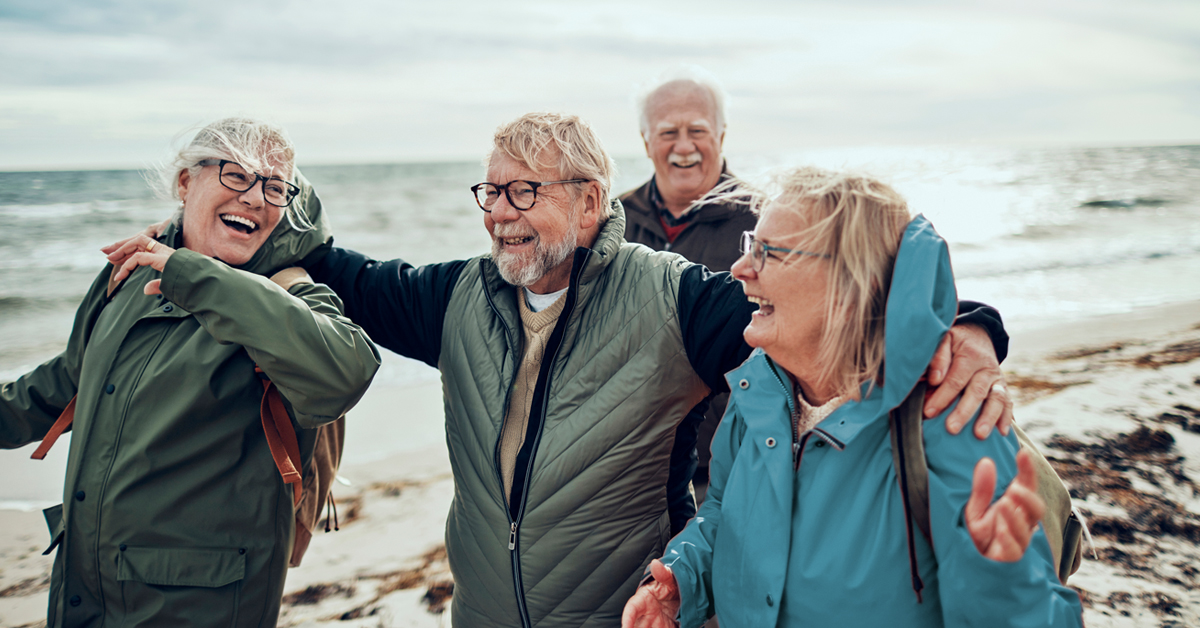
As our needs change over time, so, too, do our surroundings. A young toddler is often surrounded by bright and colorful toys, and… Read More
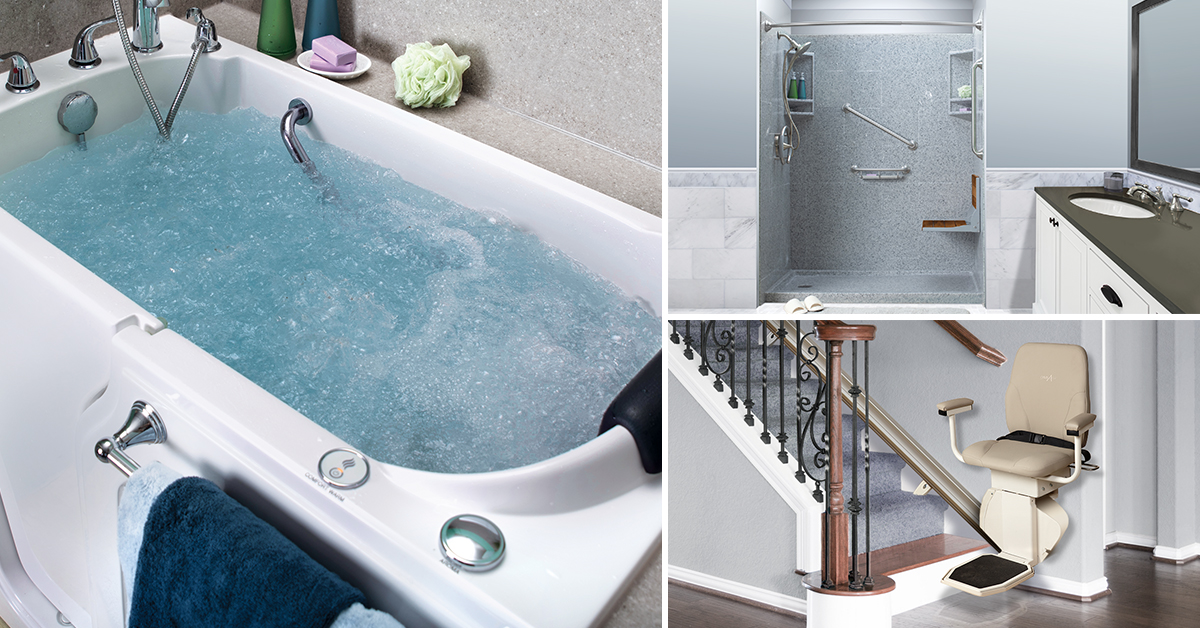
Once upon a time, retirement involved getting older, leaving the workplace, and moving into a nursing home. Fortunately, those days are long gone. Read More

When our grandparents retired back in the day, they finally had an opportunity to kick back and relax. The goal was to take… Read More
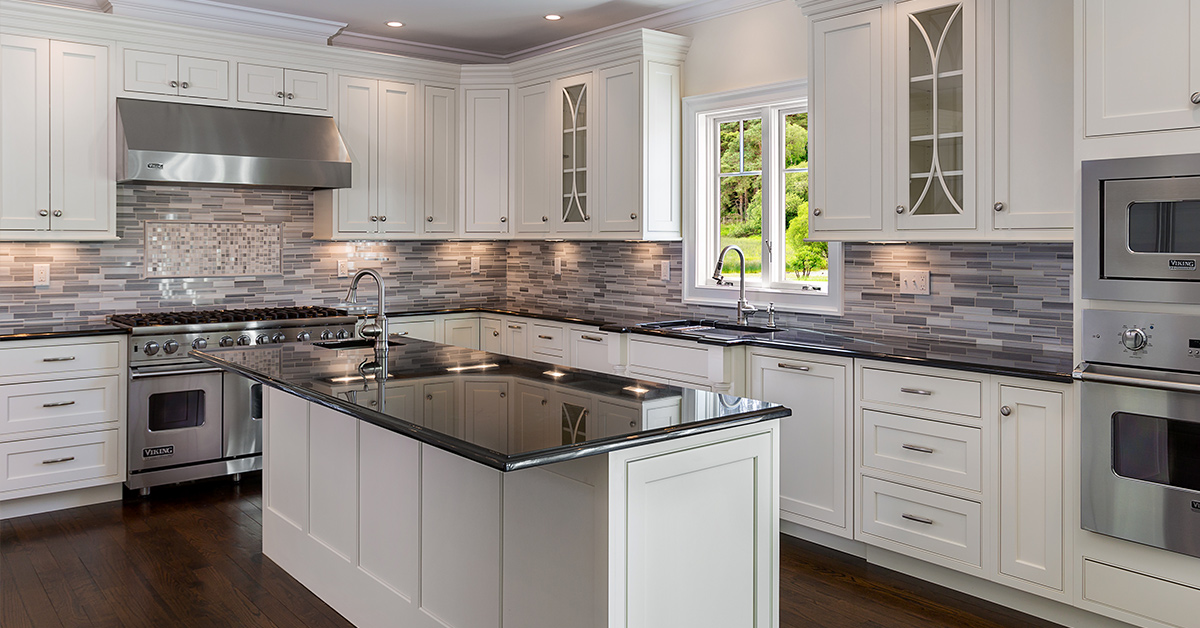
Aches and pains are common in humans – from growing pains to aches related to arthritis, there are a number of things that… Read More
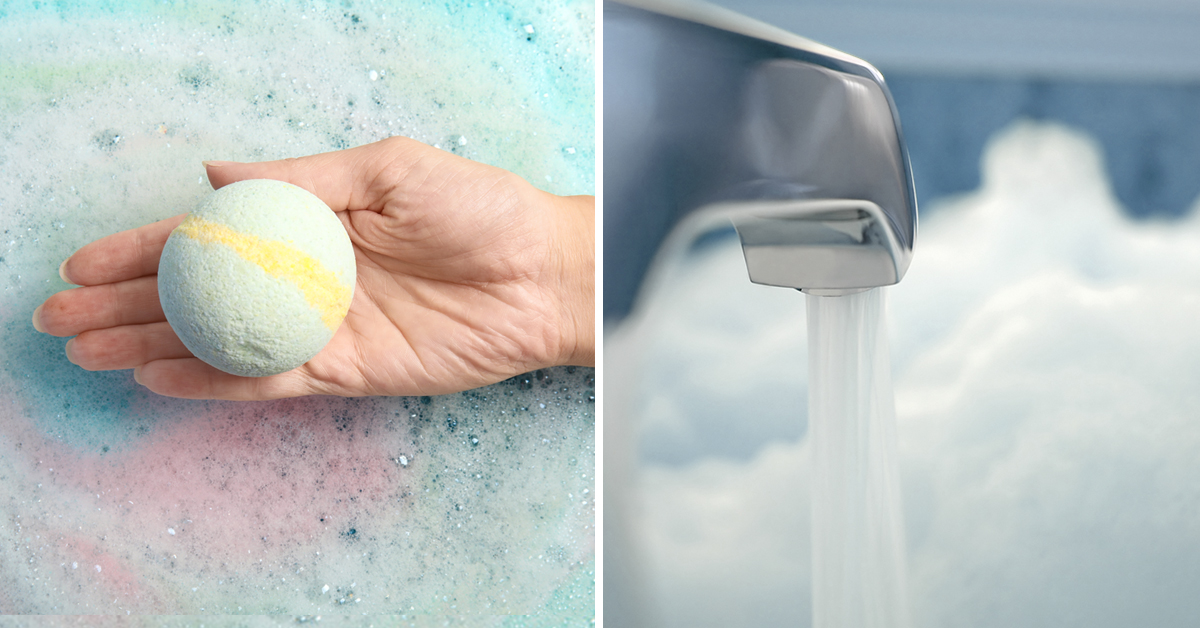
Ever heard of a concept known as aging in place? As time marches on, this term is appearing with more frequency, and more people are… Read More
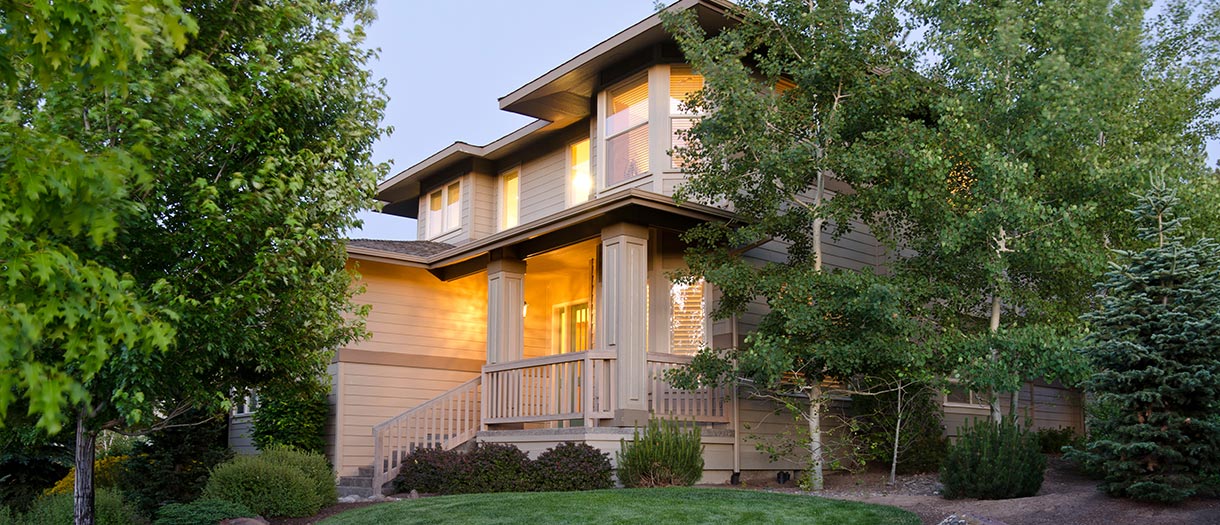
The Centers for Disease Control and Prevention defines aging in place as, “The ability to live in one’s own home and community safely, independently,… Read More

If you have ever considered aging in place, then you have probably found yourself considering the overall livability of your community. Does your home, neighborhood,… Read More

Ever heard of an in-law suite? Many homes feature additional spaces—sometimes attached to the house, sometimes existing as a standalone structure—that allow multiple generations of… Read More

As time marches on, new styles come and go. Long gone are the days of psychedelic colors and lush shag carpet, and now we’ve succumbed… Read More
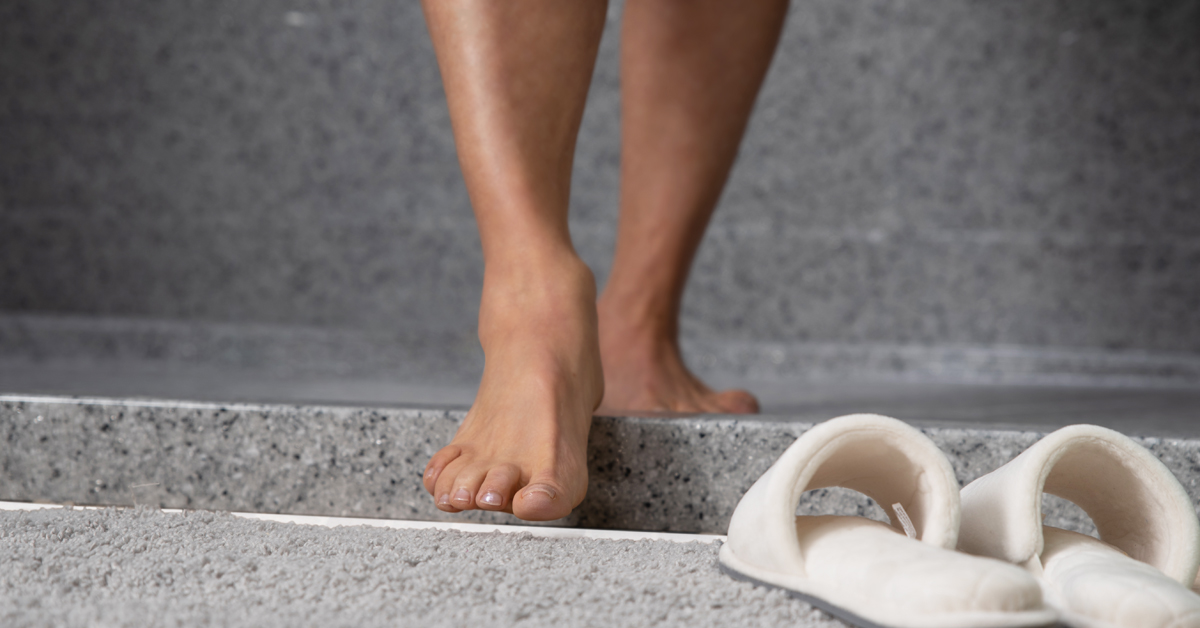
Love the space you live in? We do, too. Your home is an extension of your own personality, and there’s a good chance that some… Read More
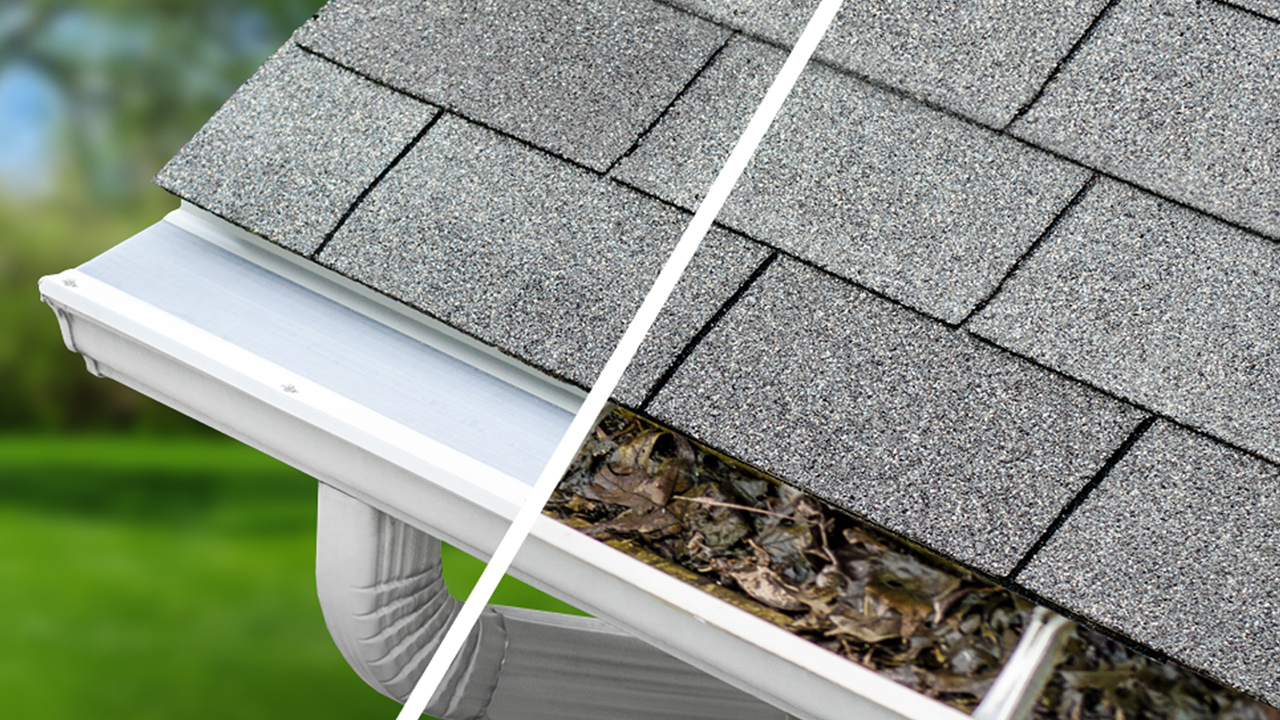
Millennials are perhaps the most talked about generation, and it’s truly no wonder. Not only are they one of the largest generations of adults at… Read More
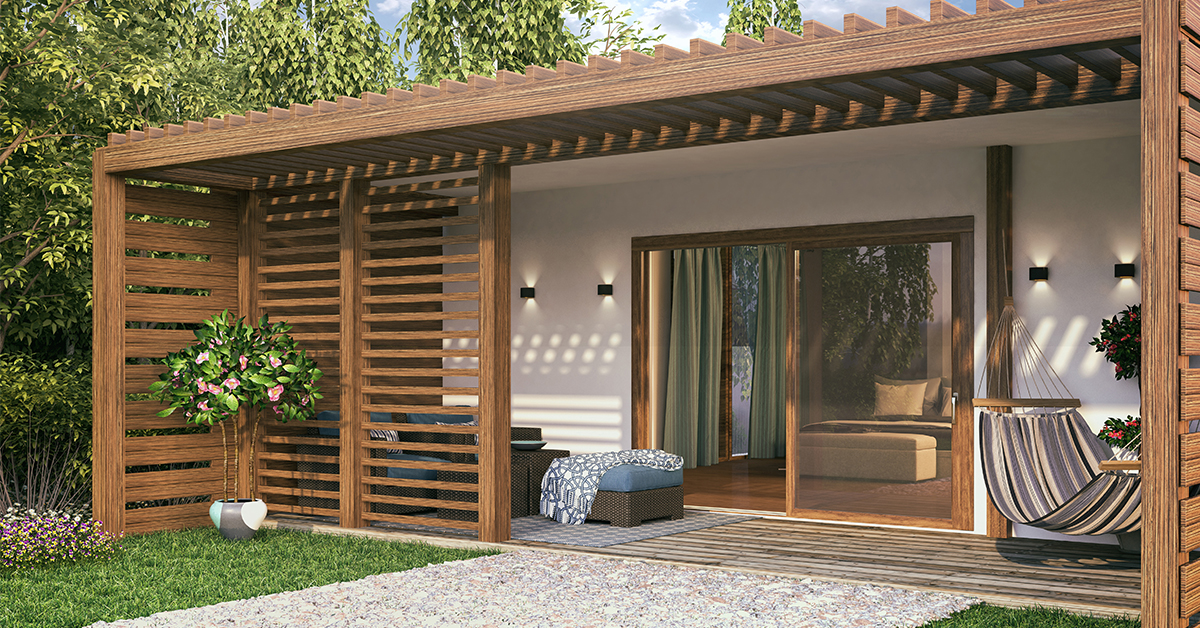
Baby Boomers are typically defined as the generation born between roughly the mid-1940s and the mid-1960s, meaning that the oldest members of this generation are… Read More

Welcome to WordPress. This is your first post. Edit or delete it, then start writing!… Read More